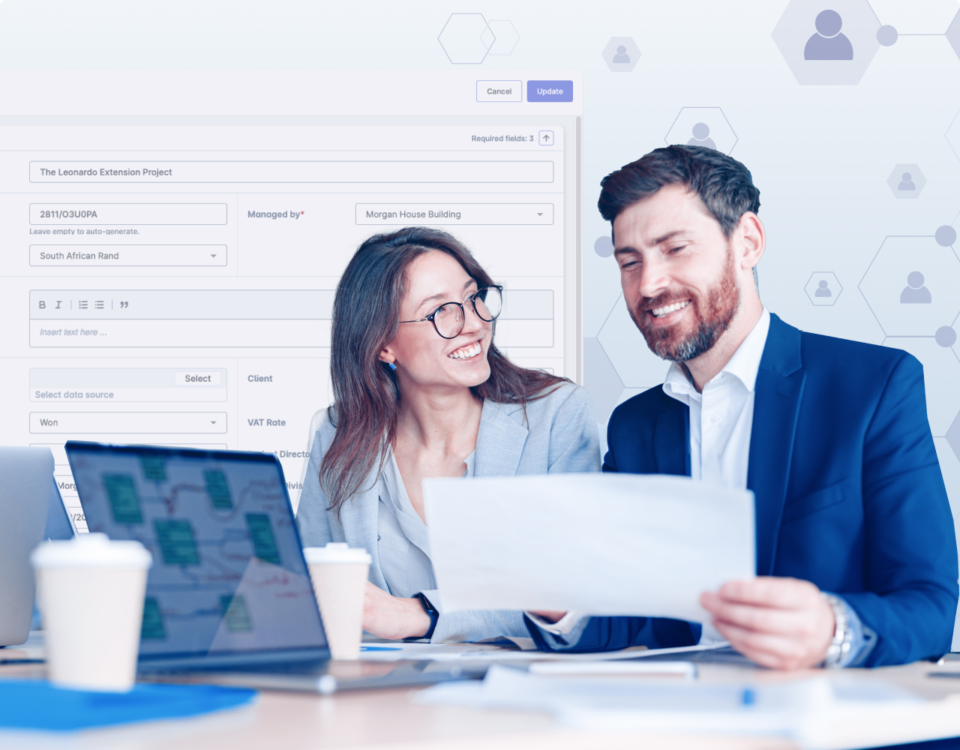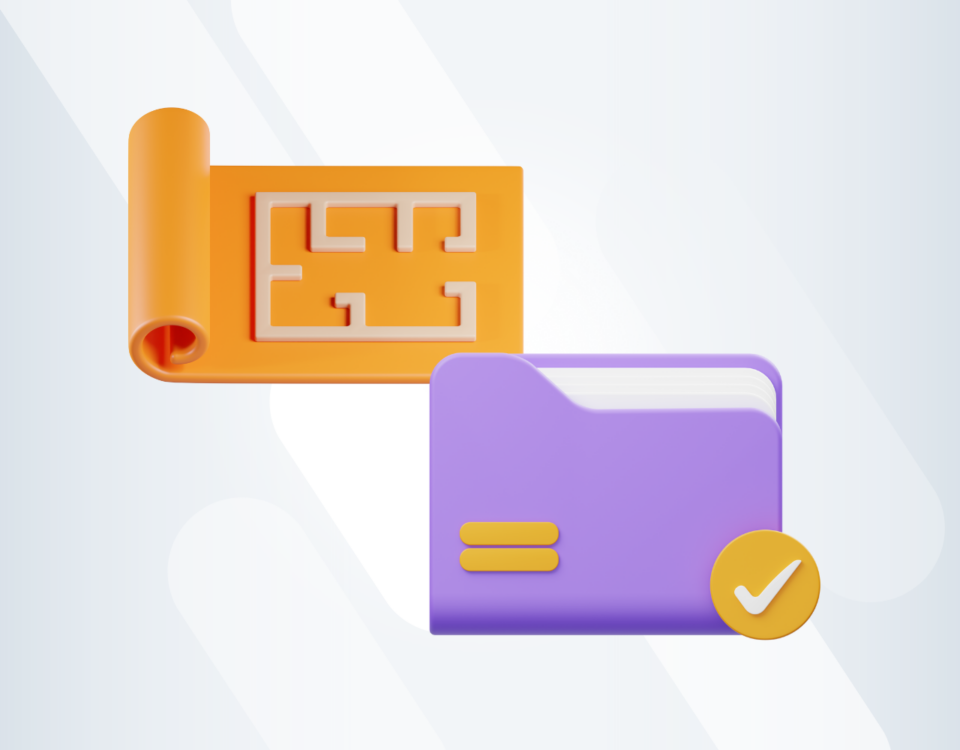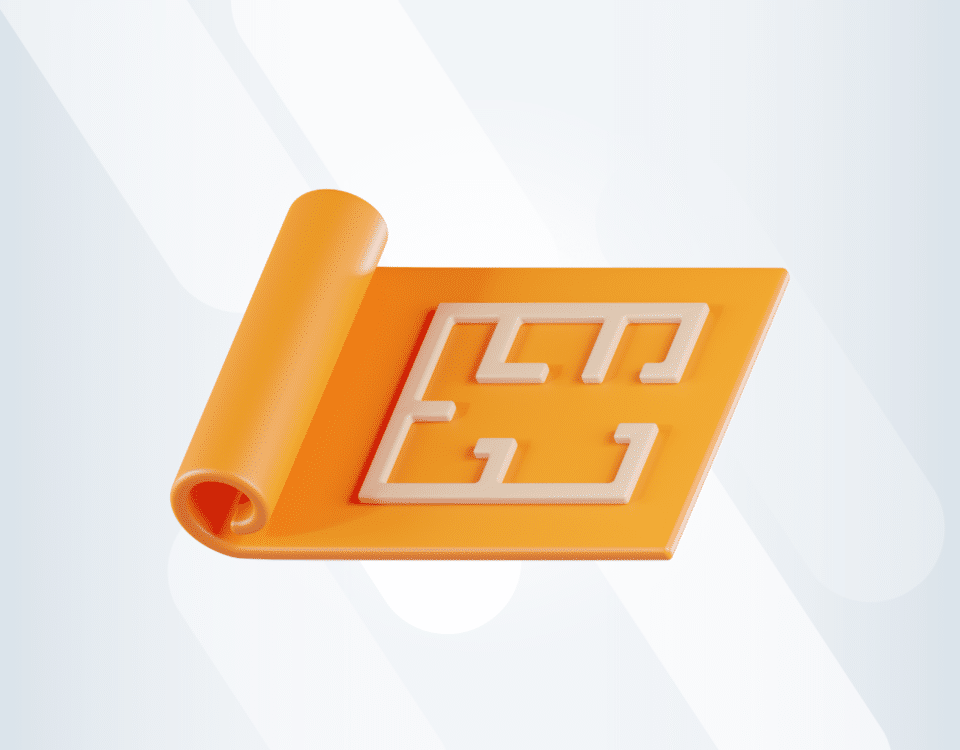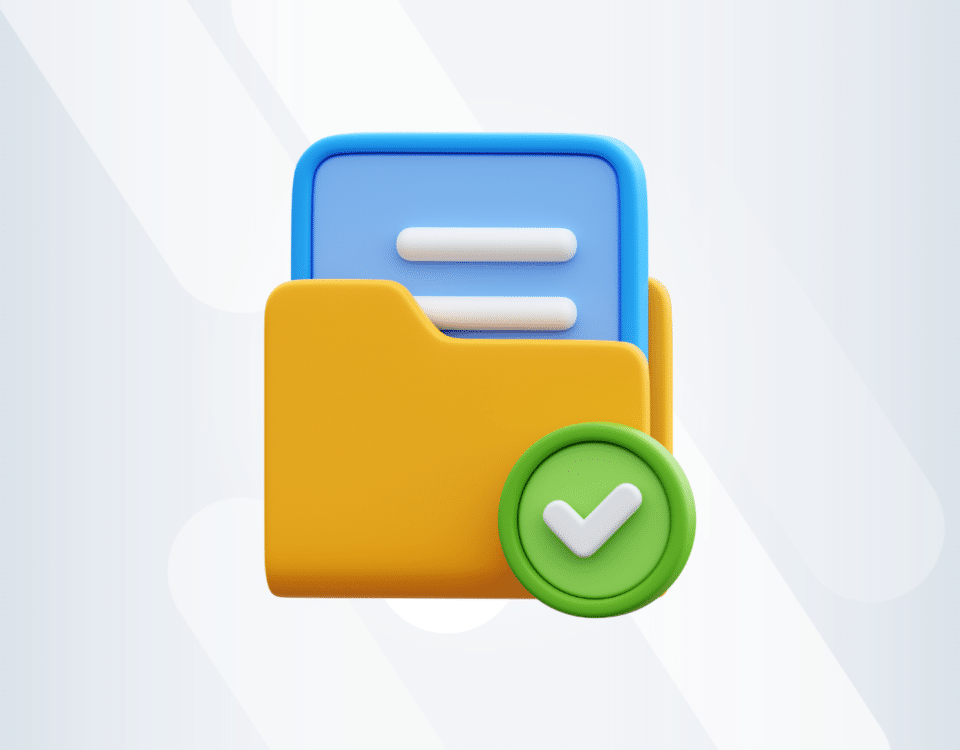Dashboards vs Reports
Why Dashboards and Big Data Is the Future of Reporting
Data analysis offers almost endless benefits. The challenge is - to learn how to use it! Is there a significant difference between regular reports and dashboards? Which is better? How can you leverage them in the best way?
The amount of data being collated by companies and systems across the land is nothing short of a phenomenon. The new challenge for these businesses is to identify how to utilise and monetise this ‘big’ data into usable and insightful information. This data is typically being shared in two methods - within a report or within a dashboard. They both have a lot in common, but this article will aim to highlight they also have many significant differences that should be seriously considered.
What Is a Report?
A report relates to a specific matter and is often presented in corresponding charts, visualisation, information and data in the form of an official document. It is meant to be used to gather detailed information on the operations within a company. Reports can focus on the detail of a single item or cover a broader range of related information. This information once gathered and presented in the chosen report document style is meant to capture a snapshot in time.
This is key to understanding the differentiation between reports and dashboards as a report can look like a dashboard visually but be drawing its information from data which is now in the past. To confuse you even more, reports can equally be compiled by a series of dashboards that are completely unrelated to one another but are used collectively.
What Is a Dashboard?
The term Dashboard derives from the instrument cluster found beyond or beside the steering wheel in a car. Not to be confused with the whole front panel in a car which is often referred to as the dashboard. Each dashboard is typically conceived around answering a central and often complex question.
What is the health of all current projects?
"Would be a good example of a complex business question. There are various contributing data sources that will need to be combined when attempting to answer that question. This data, related or unrelated should be displayed and combined into one single chart.
This is why a car’s fuel gauge is stand alone as a display due to its importance rather than hidden within a menu within the instrument display. When you notice or are automatically notified with a warning light that the vehicle's fuel level is dangerously low, you will seek out a petrol station and refuel. I appreciate the point here is wrapped up in another motoring analogy but I succinctly highlight the fact that dashboards are configured to display the most crucial data in a real-time view to monitor the health of a project at a current state.
What Are the Differences?
- Single Page
- Multiple elements
- Summary of many reports
- Lots of metrics
- Real-time data
- Export reports from the dashboard
- Instant real-time data
- As seen
- Useful to support presentations
- Can easily adjust and configure
- Supports faster decision making
- Flowing Document
- Typically one business element
- One report
- Single metric
- Snap-shot in time
- Already in report format
- Time delay in generating / downloading
- Can be edited/manipulated
- Hand out print version - pdf
- Bespoke reporting is a heavily manual task
- Provides detailed analysis
If you require details to support your own analysis or investigation into a subject which is non-time essential work, then reports will be excellent supporting information to that work. If you need the most up-to-date information presented as an overview of several areas of interest without delay, then dashboards would be far more suitable.
Ultimately the trend in reporting is starting within a dashboard first. From here, you can generate and export the details if required. Otherwise, using multiple dashboards as a management reporting suite of information will soon highlight where things are going right and where things are going wrong. Dashboards also then allow a drill down into the surrounding information to further analyse the issue to gain the details to be able to address and resolve issues faster.
Big data presented in configurable dashboards is providing the insight needed to be proactive and resolve issues right away in comparison to the delay in generating reports that will leave you being reactive. This reactive way of working can be vitally too late in dealing with the issue at hand.
As dashboards are fed with legacy data, the ability to identify trends and forecasts will prove extremely powerful tools in selecting suppliers, materials, support personnel and assigning teams.
Combining this big data dashboard reporting with artificial intelligence truly is the future of reporting. Being notified of issues before they occur, will start to drive projects to be delivered on time and in the budget which is a phenomenal prospect.
You might also like
February 29, 2024 • 7 min read
Utilizing the human-first approach to construction projects to drive higher results.
July 3, 2023 • 6 min read
8 Best Construction Drawing Management Software (2023): A Comprehensive Guide
Find all the information you need about the construction drawing management software tools available on ...June 14, 2023 • 6 min read
The 11 Best PlanGrid Alternatives (2023)
Looking for a great alternative to PlanGrid software? Check out the 11 best construction software tools ...June 14, 2023 • 4 min read
How to win at CIS 340 and make taxes a breeze
CIS 340 is a legal obligation for contractors. But getting it right isn’t straightforward. Want ...





